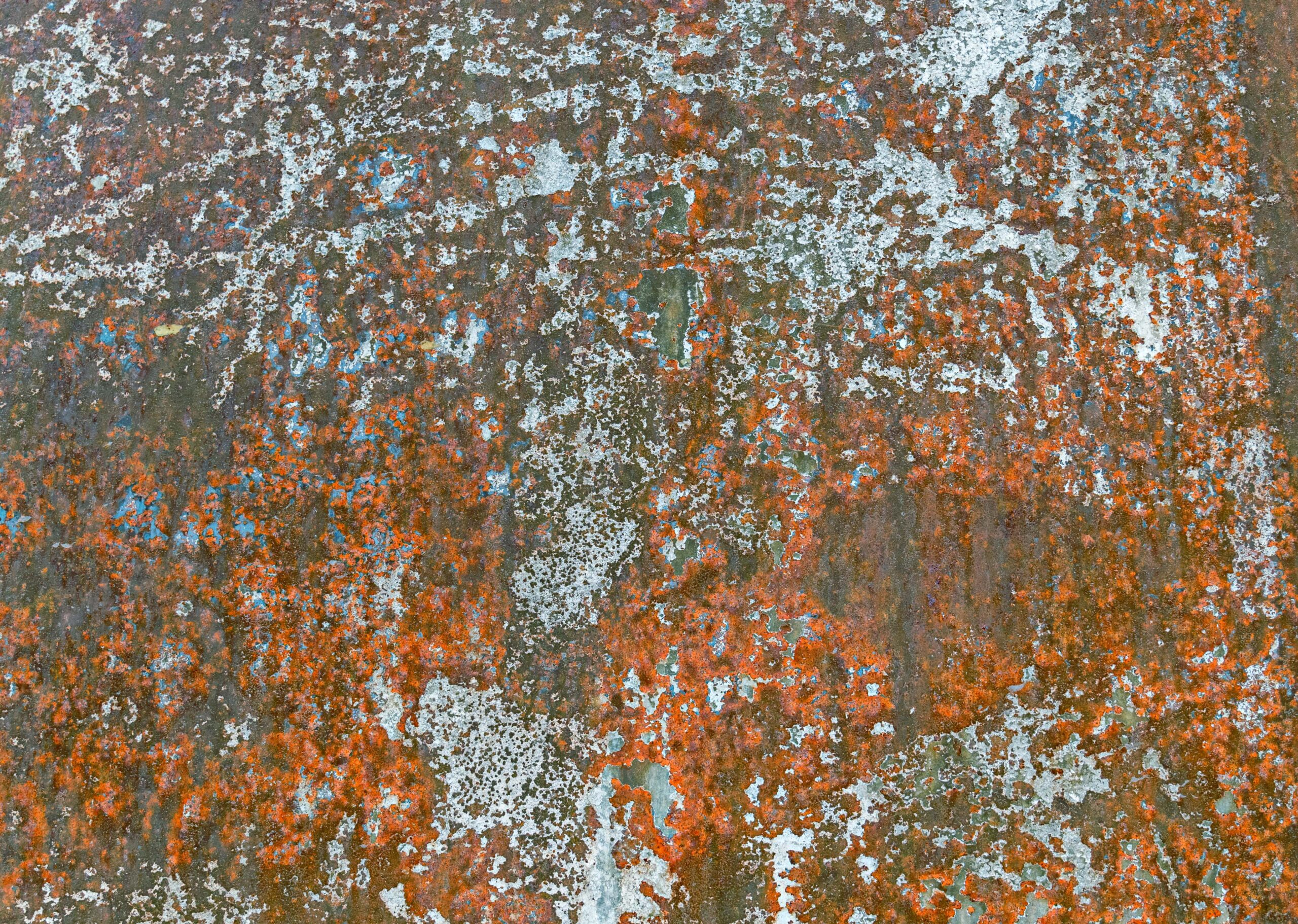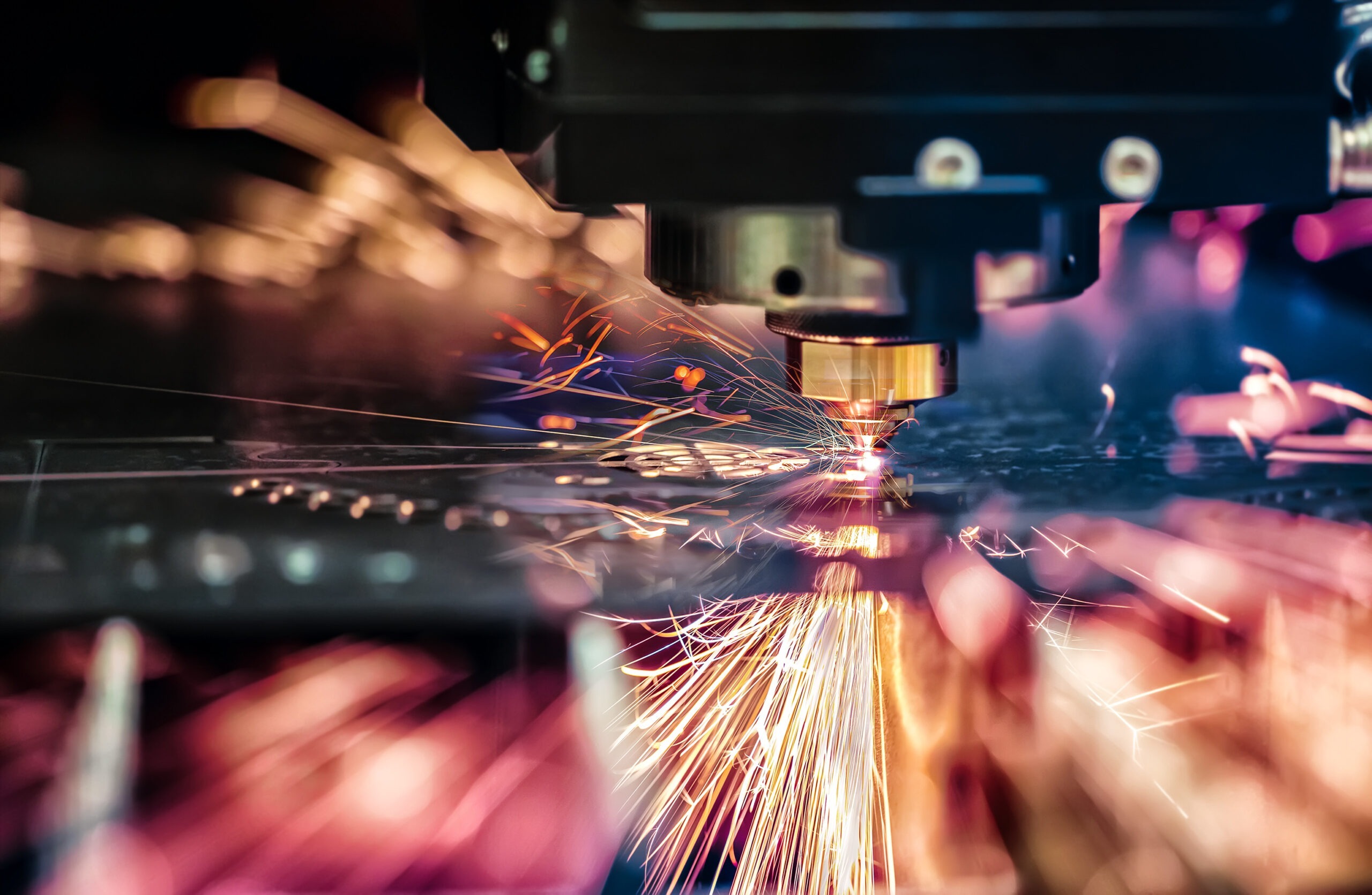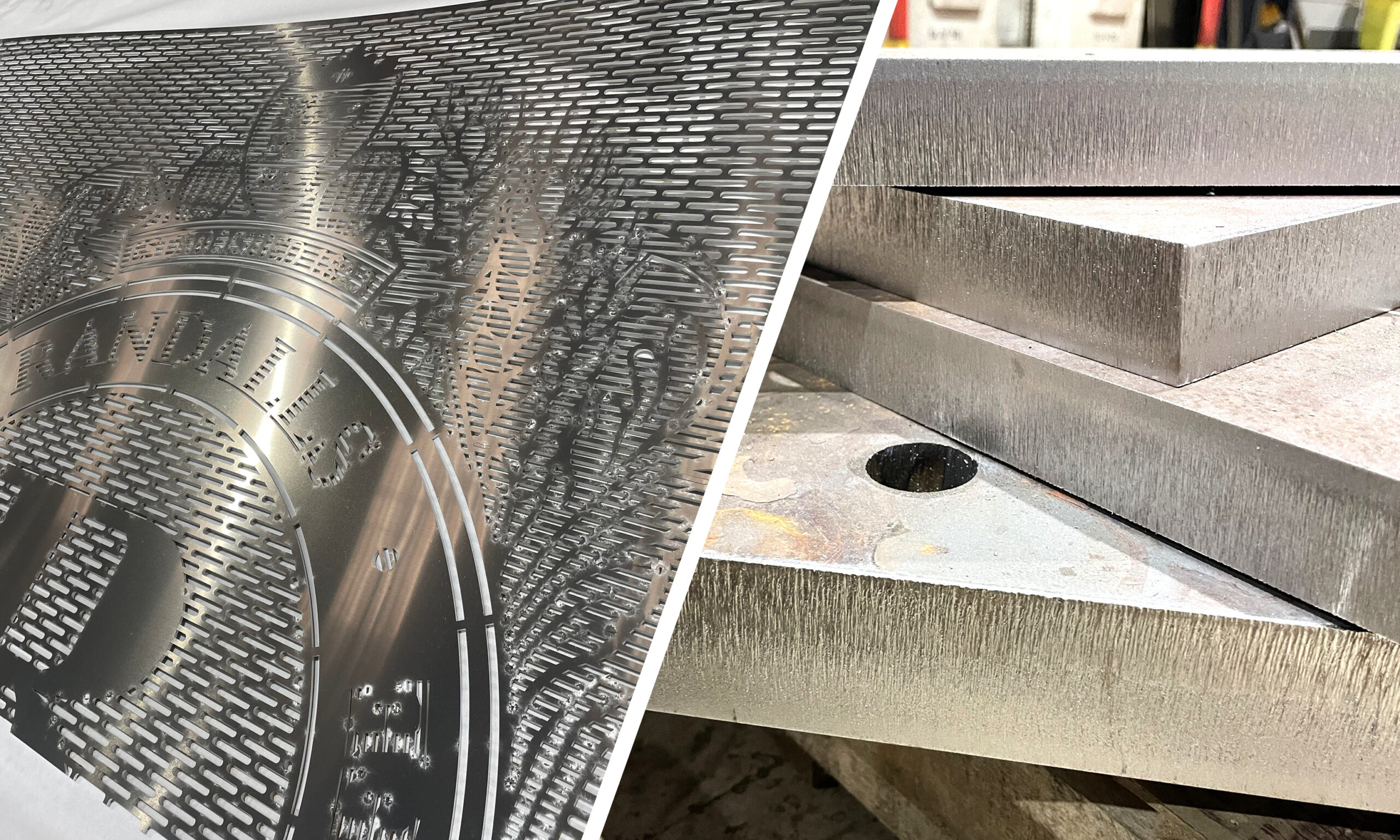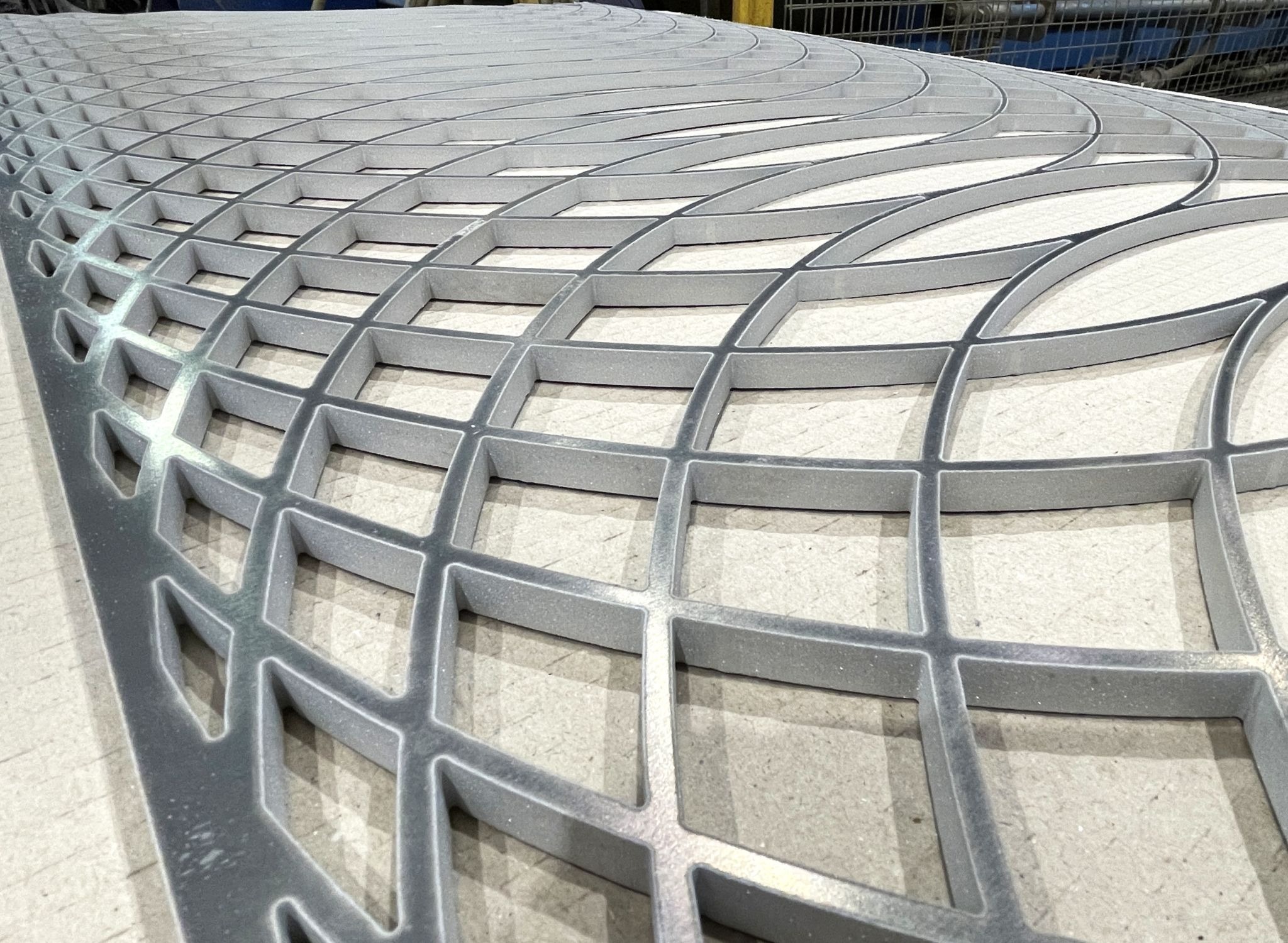Cutting non-ferrous and highly reflective materials using CO2 laser technology has always been a tricky operation. Due to the potential issues that can arise, many profiling companies has often shied away from using lasers to cut these reflective metals.
This article aims to highlight why laser cutting reflective metals is so tricky, why other cutting methods are often advised and ultimately what is the best way for you to profile these types of materials in a range of thicknesses.
What makes a metal “highly reflective”?
Firstly, we need to look at what constitutes as a highly reflective metal. It’s well known that both sliver and aluminium are considered the two most reflective metals on earth (silver itself can reflect up to 95% of visible light), and are commonly used in solar mirrors, solar pane windows, sunglasses and jewellery.
Other reflective metals, which can be difficult to laser cut using CO2 lasers include yellow metals such as gold, copper, brass and bronze.
Although not typically considered a reflective metal, Stainless Steel can exhibit some reflective properties when finished with a mirror polish. This can cause it to be problematic to laser cut and so is usually supplied plastic coated on the cutting side to minimise the risk.
Why is laser cutting reflective metals difficult?
The reason using CO2 laser cutting technology on the aforementioned reflective materials is problematic is due to the laser machines use of beams of light and mirrors. This means that by laser cutting a material like aluminium, the laser beam itself could potentially be reflected by the metal sheet and beamed back into the laser lens and mirrors, potentially causing significant damage to the machine.
With large industrial CNC laser machines, like the one’s here at Charles Day, costing hundreds of thousands of pounds and any damage to the laser delivery system can cause lead to both considerably repair costs and lengthy downtime.
Although covering the sheet in a non-reflective coating may sound like an appropriate remedy, the surface of the metal sheet is not the only source that can cause a damaging reflection. The inherent nature of laser cutting, there is a chance of some molten metal being present during the cutting process, some of the molten metal can also be highly reflective and become a source of a damaging reflective beam.
So it is easy to see why many sub-contract laser cutting companies will try and suggest an alternative profiling method for reflective metals such as waterjet cutting. Although waterjet cutting is an effective alternative to profiling these reflective materials it shouldn’t be considered the only option. As we explain below €¦
Can you laser cut reflective metals?
The short answer is yes. Despite the risks of reflected beams and broken laser machines, these materials can be laser cut.
If set up with particular care and with consistent cutting parameters, the chances of damage caused by reflection can be reduced significantly, enabling CO2 laser to be able to cut materials such as aluminium etc.
Additionally, many modern laser machines have a failsafe in place to prevent damage to the cutting equipment. Detectors within the laser head monitor radiation levels and will automatically shut the laser down if too much radiation is being reflected back into the lens, before any damage is done.
With so many considerations to be taken into account, ensuring the correct set up of the laser and reflective sheet before cutting can commence, it is often a much slower form of laser cutting. But there is a modern alternative.
Fibre laser technology
Fibre lasers represent the latest development in laser cutting technology, utilising fibre optic cables as opposed to mirrors and gasses, they have become the most cost effective and quickest method of cutting thin sheets of reflective materials.
Without the use of mirrors and delicate lenses, the reflective nature of aluminium, brass, copper etc. poses no danger of damaging the cutting equipment meaning it is both quicker and safer to set up.
With this in mind, it’s easy to see why cutting reflective metals using fibre laser technology is becoming an extremely popular method.
Waterjet Cutting
Despite all its positives, fibre laser cutting does have a drawback. Fibre lasers are only really effective on thin sheets up to 5mm thick. Above this thickness the roughness of the cut and cutting speed deteriorate considerably and waterjet cutting becomes a more viable option.
Even traditional CO2 laser technology can only process aluminium up to 10mm thick, whereas our waterjet cutting capability can process materials in thicknesses up to 230mm.
Recommended cutting methods for reflective materials at different thicknesses
The below table identifies our recommended cutting method for different materials in a range of thicknesses.
| Reflective Material | Thickness | Recommended Profiling Method |
| Aluminium | ‰¤ 10mm 10 – 15mm > 15mm | Fibre Laser CO2 Laser Waterjet |
| Brass | ‰¤ 10mm 10 – 15mm > 15mm | Fibre Laser CO2 Laser Waterjet |
| Copper | ‰¤ 10mm 10 – 15mm > 15mm | Fibre Laser CO2 Laser Waterjet |
| Bronze | ‰¤ 10mm 10 – 15mm > 15mm | Fibre Laser CO2 Laser Waterjet |
| Titanium | ‰¤ 8mm > 8mm | Fibre Laser Waterjet |
| Silver | ‰¤ 5mm > 5mm | Fibre Laser Waterjet |
| Gold | ‰¤ 5mm > 5mm | Fibre Laser Waterjet |
At Charles Day, we have 4 x CO2 lasers, 2 x Fibre optic lasers and one of the UK’s largest waterjet cutting beds all under a single roof. So regardless of your requirement we can profile reflective materials from less than 1mm all the way up to 230mm.
For more information on our sub-contract cutting services and how Charles Day can fulfil all your reflective metal profiling needs, please contact our Sales Team with your requirements.
Alternatively, if you require any more information on our laser cutting and waterjet cutting services our website has a wealth of information.








